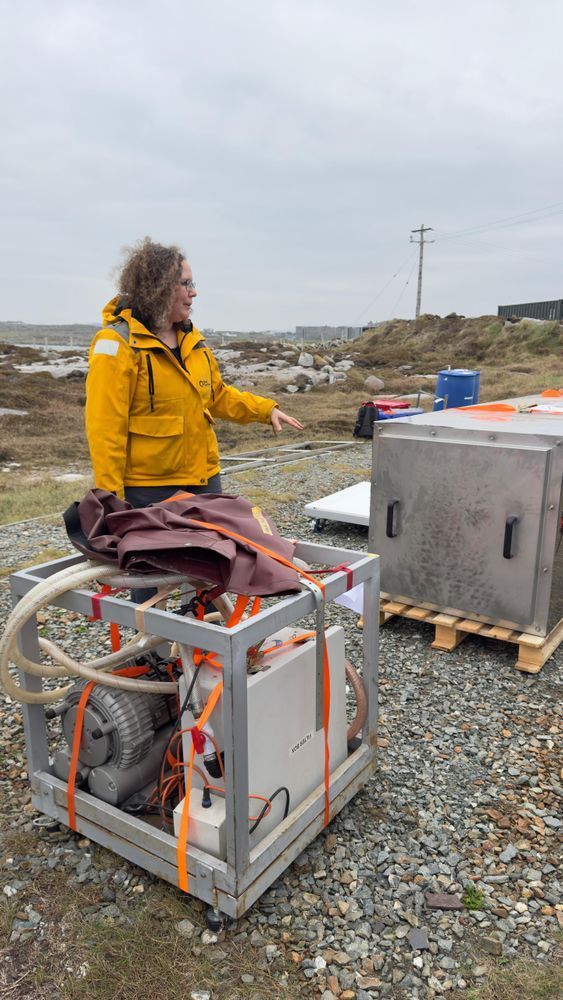


The first talk will be on January 14th and then every second week following that.
See the details below, more information will follow soon. Stay tuned!

The first talk will be on January 14th and then every second week following that.
See the details below, more information will follow soon. Stay tuned!
Photo: Scott Chambers

Photo: Scott Chambers
Photos: Scott Chambers, Aimon Tanvir


Photos: Scott Chambers, Aimon Tanvir



Photo: Scott Chambers

Photo: Scott Chambers
Text/Photo: Scott Chambers

Text/Photo: Scott Chambers

Photo: Scott Chambers

Photo: Scott Chambers
Text/Photo: Paula Eisnecker/Inês de Castro

Text/Photo: Paula Eisnecker/Inês de Castro
Text/Photo: Paula Eisnecker/Inês de Castro


Text/Photo: Paula Eisnecker/Inês de Castro
Text/Photo: Paula Eisnecker/Inês de Castro

Text/Photo: Paula Eisnecker/Inês de Castro
In addition, we are currently in the process of preparing gamma spectrometers for shipment.
Photo: Scott Chambers

In addition, we are currently in the process of preparing gamma spectrometers for shipment.
Photo: Scott Chambers
Photo: Scott Chambers

Photo: Scott Chambers
Photos by Aimon Tanvir @aimontanvir.bsky.social


Photos by Aimon Tanvir @aimontanvir.bsky.social
atmospheric science, stay tuned for more updates!

atmospheric science, stay tuned for more updates!
This marks an exciting milestone in our efforts to characterize background air masses and improve understanding of greenhouse gas sources and transport.
Text/Photo: Aimon Tanvir


This marks an exciting milestone in our efforts to characterize background air masses and improve understanding of greenhouse gas sources and transport.
Text/Photo: Aimon Tanvir
Text/photo: Aimon Tanvir

Text/photo: Aimon Tanvir
Photo: Scott Chambers

Photo: Scott Chambers
And what is the goal of our project?

And what is the goal of our project?
Photos: Scott Chambers


Photos: Scott Chambers
NuClim aims to determine the baseline of greenhouse gas concentrations in the North Atlantic. We look at radon, greenhouse gases and a range of other parameters at the ENA observatory (Azores) and @maceheadccaps.bsky.social (Ireland).

NuClim aims to determine the baseline of greenhouse gas concentrations in the North Atlantic. We look at radon, greenhouse gases and a range of other parameters at the ENA observatory (Azores) and @maceheadccaps.bsky.social (Ireland).


